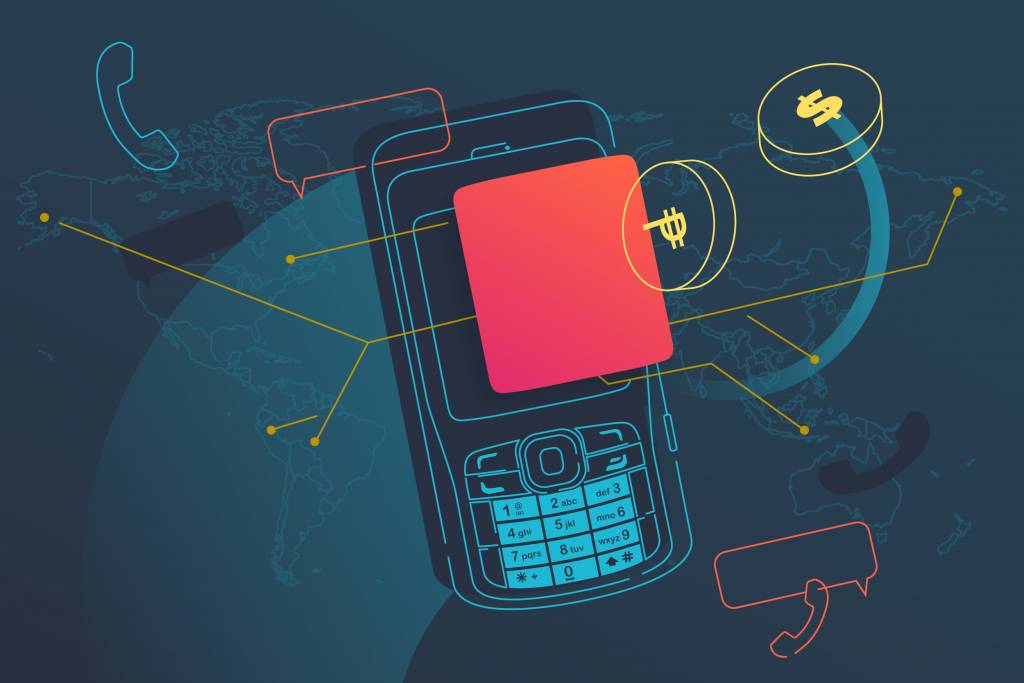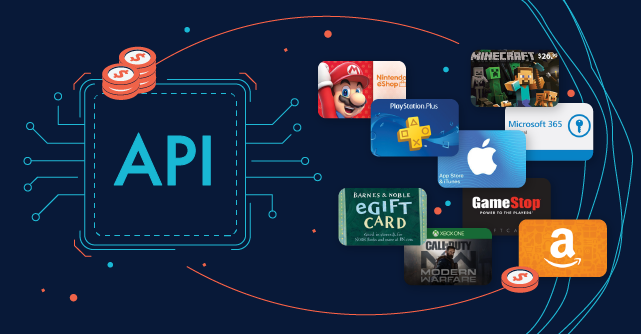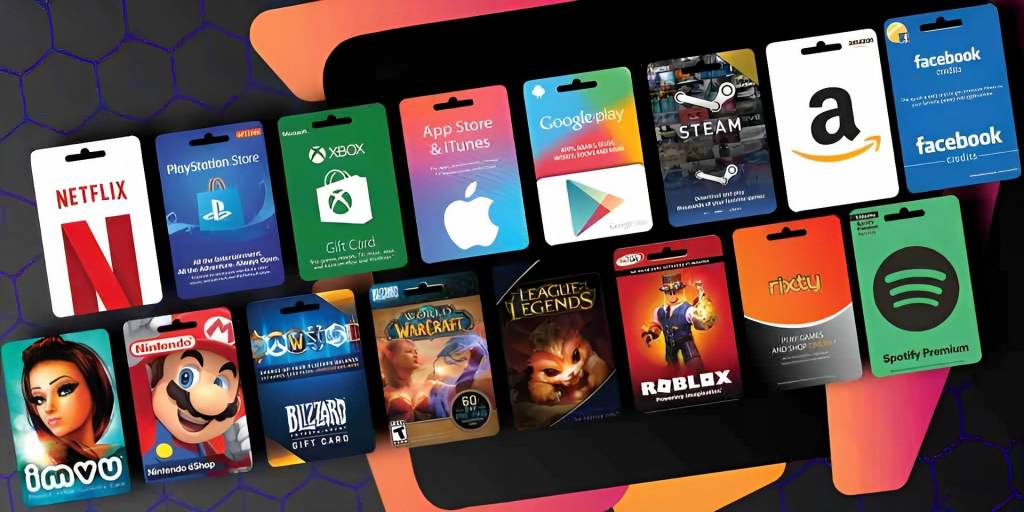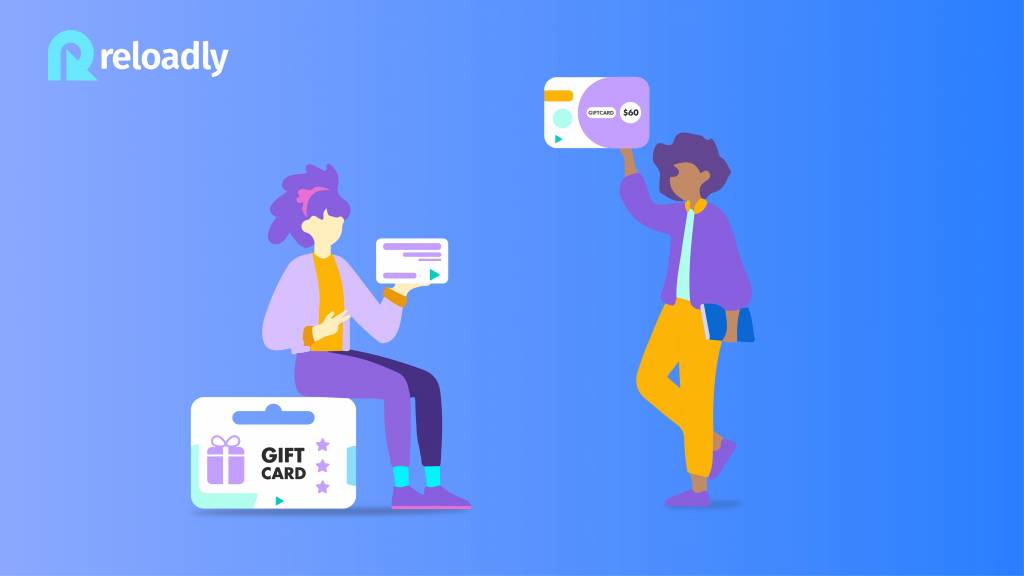While over 1.6 billion people remain unbanked across the world today, most of them own mobile phones — a still widely underutilized conduit for international money transfer solutions.
Today, thanks to the ubiquity of mobile phones, money can be sent to and received by more people in more destinations than ever before.
And not only in cash. Mobile airtime and data top-ups are increasingly being transferred across borders, where the phone credits are then exchanged for money through peer-to-peer transactions. This has proven to be a fast, convenient, inclusive and reliable solution for global remittances.
Up until now, businesses have used a variety of stand-alone payments solutions, including:
- Mobile-to-Mobile transfer (M2M)
- Mobile-to-Bank transfer (M2B)
- Mobile-to-Cash transfer (M2C)
While M2M, M2B and M2C solutions have created countless popular services for international money transactions to date, they have various inherent shortcomings. These solutions tend to be:
- Very expensive
- Difficult to use for the unbanked
- Reliant on exclusive financial infrastructure (namely for M2B)
- Inaccessible to many people in emerging markets
However, Airtime-to-Cash transfers have now been able to solve these long-standing industry challenges.
Using mobile top-ups as international money transfer solutions provide several benefits. Top-ups make international transfers:
- Affordable — there are no fees
- Easy to send and receive
- Flexible — no need to visit a physical pickup location
- Inclusive — values as small as $0.50 can be sent
International money transfers can, through the medium of top-ups, be powered by the ubiquity of mobile phones.
This conduit provides new opportunities in the global remittances industry, which can now use an airtime API to piggyback on the global telco network to enable a money transfer system as intuitive as recharging a mobile phone.
By integrating mobile airtime top-up APIs into websites and apps, forward-thinking entrepreneurs and recharge developer teams are already playing an increasingly important role in creating a more financially inclusive world that can address remote populations, including the unbanked.
But before we see how this revolution in mobile remittances is playing out, let’s look at how we got here.
Below, we’ll first review how mobile phones are merging with the powerful global remittances industry.
How mobile phones became the new banks
The global remittance sector is a multi-billion dollar industry. In 2019 alone, $554 billion was transferred to countries in Asia, Africa and Latin America. While the World Bank projects this volume to decline by 13% in 2020 due to the Covid-19 pandemic, the industry is expected to recover by 7% in 2021.
However, despite the size and influence of the industry, current remittance services are inefficient and inadequate for serving such vast global demand. This reality opens up the sector to innovation that utilizes nimble and inclusive alternatives.
In the information and digital age, mobile phones are the most veritable alternative to existing international money transfer solutions. Simultaneously, new technology has enabled developer teams to build improved mobile transfer solutions with more ease and flexibility.
Together, mobile phones and advanced API technology have coincided in a serendipitous moment for the global remittances industry
The result: Mobile phones have become mobile banks that trade in top-ups as international money transfer solutions.
This form of remittance has created the most universal reach for money transfers history. Because mobile phones are ubiquitous, it is thus easier for many people in emerging countries to now receive transfer through a mobile phone than a bank account.
Let’s look at some figures to further illustrate where we stand.
Today, there are more mobile phones than humans — 104.32 mobile phones to every 100 people.
Meanwhile, about 1.7 billion people around the world remain unbanked. Half of them live in China, India, Pakistan, Indonesia, Bangladesh, Nigeria and Mexico.
Using top-ups to fund people in these countries makes logical sense. In many emerging markets, the effort of maintaining a mobile phone is cheaper and more convenient than opening a bank account.
Furthermore, top remittance recipient countries already have built-in infrastructure — these nations are home to the highest number of mobile phones in use in the world. China and India, the top two remittance recipient countries, double as countries with the highest mobile phone users. Other top remittance recipients like the Philippines, Nigeria, Mexico and Egypt also have high mobile phone ownership.
Undoubtedly, mobile phone top-ups can play a logical role in remittance services for a large part of the world that is currently under or poorly served.
Setbacks of modern remittance platforms
Remittance platforms help move money globally, but not without hassle. There are several major challenges the current status quo presents, including:
- Expensive transfer charges
Remittance platforms charge extremely high prices. Some of them take cuts from both the sender and the recipient.
As of 2020, the World Bank reported that the average cost of sending $200 to a recipient country could be as high as 6.8%, more than double the target of 3% of the UN’s Sustainable Development Goals.
Remittance costs to Sub-Saharan Africa are the highest, averaging an incredible 9%.
- Exclusionary services
Some remittance platforms exclude users from some top remittance recipient countries, while others do not have a supportive model for these excluded areas.
They are reliant on existing financial institutions and intermediaries that cannot provide remittance services for people who usually need it most. Besides, their heavy financial intermediation makes the process more expensive and complex as it passes through different channels.
- Slow transfers
Remittance services were once considered fast, but times and technology have changed.
Remittance models such as M2B and M2C are now particularly slow. These solutions require traveling to a physical facility, presenting some form of identification, and then waiting in queues for long hours. This passes on a heavy inconvenience for the recipient.
- Lack of transparency
It’s hard to trust many remittance platforms.
The rate of exchange offered can be outrageously high and these platforms work overtime to conceal this. Recipients are then forced to receive money much lower than the exchange rates because they have limited options.
Furthermore, accounts can be closed or restricted arbitrarily — even with money in them. Users are then faced with the challenge of contacting customer care agents who could be unresponsive or unhelpful.
- Security issues
There is, unfortunately, a high amount of theft and robberies that occur at cash pickup locations in receiving countries. Remittance platforms cannot guarantee the security situation of these pickup locations, and if the recipient falls prey to a robbery there is nothing that can be done.
Sending money via top-ups no longer makes it necessary to visit physical pickup locations, completely avoiding any potential for robbery.
Top-up As a Service: Unlocking new international money transfer solutions with mobile airtime and data
There are numerous ways that mobile airtime and data top-ups are enabling new on-the-ground solutions for remittances across the world.
Below, we have highlighted some of the most common benefits.
Inexpensive micropayments
The cost and transactional limits of conventional remittance services make micropayments expensive, slow and financially unviable. However, airtime top-ups allow values as low as $0.50 to be sent within five seconds.
With that, users can help send small payments for low-cost goods and services that would otherwise make no sense sending via traditional remittance platforms — transferring the money would simply be too expensive to rationalize the remittance fees.
Accessible and inclusive payments
Mobile phone penetration is accelerating by the day. With more than 5 billion prepaid users predominantly in financially excluded countries (which often double as high remittance recipient countries), airtime top-ups as a remittance provide a wider reach than any other international money transfer solutions out there.
Now, through a mobile device, people can simultaneously access fundamental banking services. This includes receiving, sending and saving money at the click of a few buttons.
A user’s registration with a telco service will suffice; they don’t have to go through exhausting processes to register for receiving their money.
Speedy cash exchanges
Airtime top-ups get sent in seconds.
Recipients can then easily exchange their top-ups for cash through available peer-to-peer exchanges, such as mypatricia.co or Cheetahpay.com.ng in Nigeria.
E-commerce and NGO payments
Airtime top-ups can be collected as payments by physical and online stores. Websites and e-commerce platforms can easily integrate airtime top-ups as a payment method in their check-out system infrastructure.
Nonprofit and charitable organizations can also integrate airtime top-ups into their donation payment pipeline.
Pandemic- and disaster-proof payments
The coronavirus pandemic altered the state of affairs globally — especially the remittance sector.
Many immigrants lost their jobs and were no longer able to afford to send money home.
In addition, the forced closure of businesses and physical stores due to lockdowns meant that money could not be sent or received; existing channels were not dynamic enough to respond to the exodus to online services.
With the remittance sector projected to recover in 2021, airtime top-ups can establish a new conduit for international transfers that enables users to send and receive money without any barriers.
Because of top-up transfers completely digital infrastructure, users can continue to conduct transactions in challenging conditions, be it a pandemic or natural disaster.
Ease of use
Recipients don’t need to understand banking terminology before making a transaction. If they can make and receive calls on their phones, they can manage airtime top-ups and exchange them for cash.
All users need to do is to set up a password for airtime sharing via USSD; they don’t even need the internet.
Safe Store of Value
One complaint users of remittances platforms have is the excess control wielded over them. Some users get blocked abruptly, and others are required to provide means of documentation they might not possess.
However, with a registered SIM card from a telecommunications company, the possibility of such occurrences is almost zero.
Also, a user has complete control over the airtime they have. They can set up passwords, fingerprint scanners, face scans and other mobile security settings to further safeguard their airtime and data.
Final thoughts on top-ups as international money transfer solutions
The international remittance market faces numerous challenges, including expensive services, slow transfers and a lack of inclusivity.
Reloadly’s mobile airtime and data top-up API enables our users to easily serve financially excluded areas in emerging countries.
Developers can build a scalable business providing Airtime-to-Cash remittances with our easy-to-integrate airtime top-up API, SDK or widget.
Set up is intuitive, and you’ll be connected to over 900 mobile operators in more than 145 countries within minutes.



